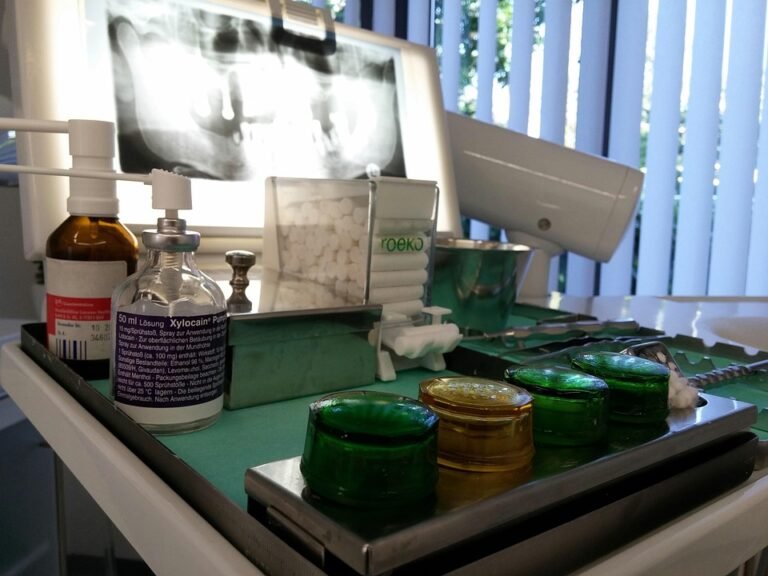How are social media and celebrity influence shaping cosmetic dentistry trends
Okay, so I’ve been looking at getting some cosmetic dentistry work done. I’m mostly interested in teeth whitening and maybe some veneers, but honestly, there’s so much out there now it’s overwhelming. I keep seeing all these influencers online flashing their perfect smiles, and then there are articles talking about celebrities and the procedures they’ve had.
It’s making me wonder how much of what I’m seeing is actually real, like are these trends just based on what looks good on Instagram, or are they actually good for your teeth in the long run? I’m worried about making a decision based on hype and regretting it later.
Specifically, I’m curious about:
- What specific treatments are trending right now because of social media? I keep seeing things like "Snap-On Smile" but don’t know if it’s just a gimmick.
- How are dentists responding to these trends? Are they being pressured to offer procedures that aren’t necessarily the best option for patients?
- What are the ethical considerations for dentists and influencers when promoting cosmetic dentistry? Are they being transparent about potential risks and downsides?
- Are there any long-term effects that people are ignoring in the pursuit of a "perfect" smile? I’m thinking about things like enamel damage or sensitivity.
Basically, I want to be informed before I spend a lot of money on something that might not be the best choice for me. I want to know how to separate the genuinely good advice from the social media fluff and celebrity endorsements. Any insights from dentists or people who’ve researched this would be amazing!
Answer
Social media and celebrity influence are significantly shaping cosmetic dentistry trends by increasing awareness, normalizing procedures, setting aspirational standards, and directly promoting specific treatments and practitioners. This influence operates through several key mechanisms:
1. Increased Awareness and Accessibility of Information:
- Visual Platforms: Platforms like Instagram, TikTok, and YouTube are inherently visual, making them ideal for showcasing before-and-after transformations of cosmetic dental procedures. This visual presentation makes the possibilities of cosmetic dentistry more tangible and appealing to a wider audience. Short-form videos and image-based content provide easily digestible information, demystifying complex procedures and making them seem more accessible.
- Informational Content: Dentists, dental clinics, and even dental product companies are increasingly using social media to educate potential patients. They create content explaining different procedures, addressing common concerns, and answering frequently asked questions. This helps individuals become more informed about their options and overcome anxieties surrounding dental treatments.
- Direct Engagement: Social media facilitates direct interaction between patients and dental professionals. Individuals can ask questions, share concerns, and even schedule consultations through social media platforms. This direct engagement fosters a sense of trust and transparency, encouraging individuals to explore cosmetic dentistry options.
2. Normalization of Cosmetic Procedures:
- Sharing Personal Experiences: Social media allows individuals to share their personal experiences with cosmetic dentistry, including the decision-making process, treatment journey, and final results. This helps normalize these procedures and reduces the stigma often associated with cosmetic enhancements.
- "Self-Care" Culture: The rise of the "self-care" movement on social media has further contributed to the normalization of cosmetic procedures. Cosmetic dentistry is often presented as a form of self-investment and personal improvement, aligning with the broader cultural emphasis on well-being and self-enhancement.
- Democratization of Beauty Standards: While social media can perpetuate unrealistic beauty standards, it also provides a platform for diverse voices and perspectives. This can lead to a more nuanced understanding of beauty and encourage individuals to pursue cosmetic dentistry for personal reasons rather than solely conforming to societal expectations.
3. Setting Aspirational Standards and Influencing Desired Aesthetics:
- Celebrity Endorsements: Celebrities often endorse specific cosmetic dental treatments or products, directly influencing their followers’ preferences. When a celebrity openly discusses a procedure and showcases positive results, it can significantly increase the demand for that treatment.
- Aspirational Aesthetics: Celebrities and influencers often set aspirational standards for dental aesthetics. Features like perfectly aligned teeth, a bright white smile, and a balanced gum line become highly sought after, driving individuals to seek cosmetic dentistry to achieve similar results.
- Specific Treatment Popularity: Celebrity endorsements and trends on social media can lead to a surge in popularity for specific cosmetic dental treatments. For example, teeth whitening, veneers, and Invisalign have all experienced increased demand due to their promotion by celebrities and influencers on social media.
4. Direct Promotion of Specific Treatments and Practitioners:
- Targeted Advertising: Social media platforms allow dental clinics to target specific demographics with advertisements for their services. This targeted advertising ensures that the right message reaches the right audience, increasing the likelihood of attracting potential patients.
- Influencer Marketing: Dental clinics often collaborate with influencers to promote their services. Influencers can share their experiences with a particular clinic or treatment, providing testimonials and generating interest among their followers.
- Building a Brand: Social media enables dentists and dental clinics to build a strong brand presence and establish themselves as experts in cosmetic dentistry. By sharing informative content, showcasing their work, and engaging with their audience, they can attract new patients and build a loyal following.
5. Impact on Specific Trends:
- Teeth Whitening: Social media has fueled the demand for teeth whitening procedures, both in-office and at-home treatments. The desire for a "picture-perfect" smile, often seen on social media, has contributed to the popularity of teeth whitening.
- Veneers: Veneers have become increasingly popular due to their ability to transform the appearance of teeth quickly and effectively. Celebrities often use veneers to achieve a flawless smile, inspiring others to consider this treatment option.
- Clear Aligners (e.g., Invisalign): Clear aligners have gained popularity as a discreet and convenient alternative to traditional braces. Social media has played a crucial role in promoting the benefits of clear aligners and showcasing their effectiveness.
- "Snap-On Smile": This temporary cosmetic appliance, which snaps over existing teeth, has gained some traction on social media as a quick and affordable way to achieve a more aesthetically pleasing smile. However, its long-term impact on dental health is debated.
- "Gingival Recontouring" (Gum Contouring): As people become more aware of the importance of gum aesthetics, procedures like gum contouring, which reshapes the gum line, have gained visibility.
In summary, social media and celebrity influence are powerful forces shaping cosmetic dentistry trends. They increase awareness, normalize procedures, set aspirational standards, and directly promote specific treatments and practitioners. While this influence can empower individuals to make informed decisions about their dental health, it is crucial to maintain a critical perspective and consult with qualified dental professionals to determine the most appropriate treatment options based on individual needs and goals.




